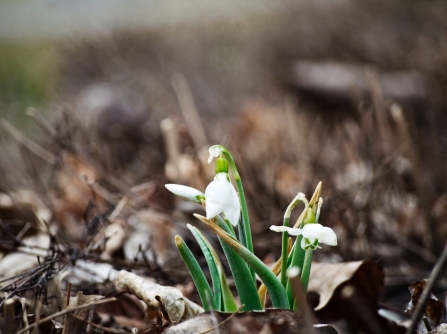
Snowdrops by Florin Chelaru
Protect wildlife for generations to come
Cetti's warbler by Amy Lewis

Snowdrops by Florin Chelaru
Drifts of snowdrops poking up through the woodland floor and along riverbanks are a welcome sight during these cold, winter months. They generally flower between January and March and are a sure sign that spring will return again!
Look out for them at woodland reserves like Warburg Nature Reserve.
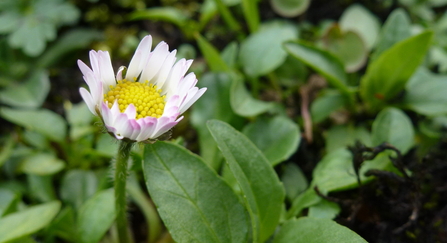
WildNet - Laura Preston
Can you spot a daisy in flower? These familiar flowers still bring a bit of cheer when you spot them flowering on a cold winter's day.
Did you know each 'petal' is actually an individual flower as common daisies have composite flower heads, made up of lots of tiny flowers.
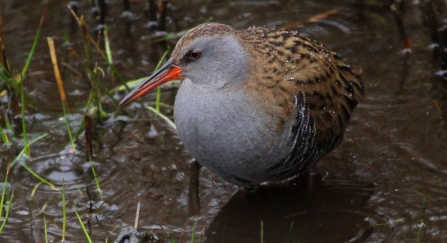
Water rail by Margaret Holland
Water rails are heard more frequently than seen as they skulk around in reedbeds and other wetland habitats looking for snails, insects and small fish to eat.
Listen out for a ‘squealing pig’ in reeds and you're sure to be close to a water rail. Try wetland reserves like Thatcham Reedbeds and Weston Turville Reservoir.
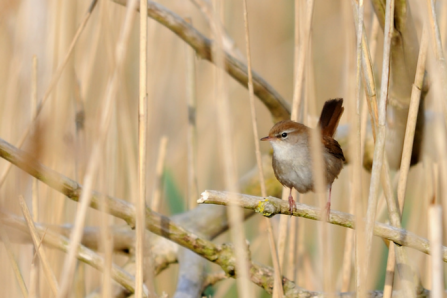
Cetti's warbler by Amy Lewis
Another bird that skulks around in scrub close to water is the Cetti’s warbler. It can be tricky to see but loud bursts of song give away its location.
Once you’ve heard a burst of bubbling song, look for a small-medium sized dark, stocky bird with an upright tail flitting around dense bushes. Wetland reserves like Hosehill Lake are good places to look for these little birds.
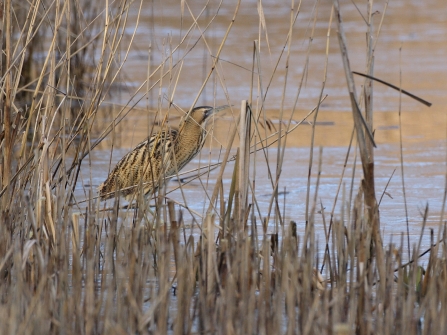
Bittern by Tim Stenton
The last ‘hard-to-spot in the reeds’ bird on our list is a winter visitor in our three counties. Bitterns are herons that are well-camouflaged in amongst reeds with their streaky, buff and brown plumage. They’re often easiest to see when they fly over the reeds before descending down to hunt for fish.
Look out for bitterns at Weston Turville Reservoir and Calvert Jubilee.
In spring, the males make a booming noise to attract a mate, which can carry far over the reeds.
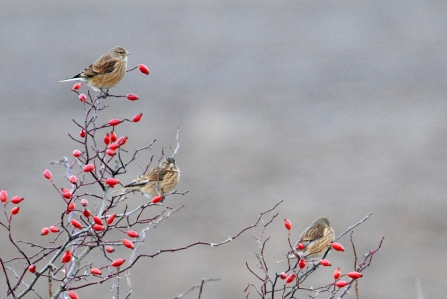
Linnets and rosehips by Amy Lewis
Linnets are small finches that gather in large flocks in winter. They are on the British Trust for Ornithology’s red list as a bird of conservation concern as the population in the UK has fallen in the last few decades.
Wells Farm is a working farm that’s run by BBOWT in harmony with nature. Seed-bearing crops grown here provide food and shelter for linnets and other finches during the cold months.
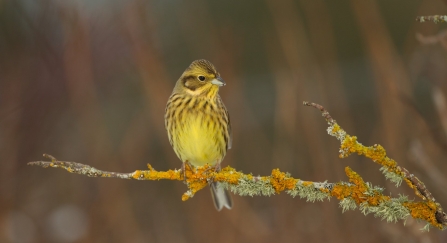
Yellowhammer by Mark Hamblin/2020VISION
This bunting used to be abundant in hedges and farms across the UK, however, populations have declined dramatically, more than halving since 1970. This is largely due to changes in farming practice.
BBOWT is working with farmers to make ‘bird-friendly’ areas on their land, to restore and maintain the hedgerows that offer yellowhammers a home, and to grow crops that provide seeds in winter.
Yellowhammers are is usually recognised by the male’s bright yellow head, and distinctive, high-pitched song described by some as saying ‘a little bit of bread and no cheeeeeese’.
Find out more about our Land Advice Service for landowners.
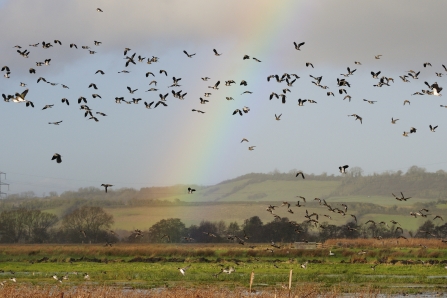
Lapwing flying against rainbow by Nick Upton/2020VISION
Lapwings have a distinctive flight, swooping and swerving overhead showing flashes of black and white wings, accompanied by their ‘pee-wit’ call.
These ground nesting birds are now on the British Trust for Ornithology’s red list as a bird of conservation concern as the population in the UK has fallen in the last few decades.
Look for them in open country, such as farmland or marshy grassland including the Upper Ray Meadows, College Lake and Hosehill Lake.
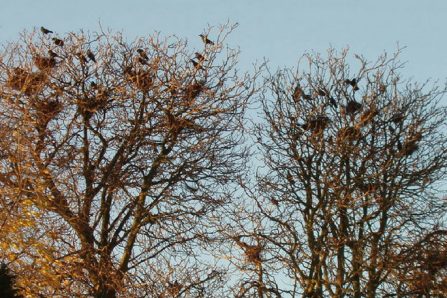
Rookery by David Hawgood
Rooks are often seen in large flocks feeding on the ground, where they hunt for worms and insects or seeds. At dusk in winter they gather in large numbers to roost in trees, these gatherings are known as ‘rookeries’.
All the black corvids can be tricky to tell apart at first glance, but here are some tips:
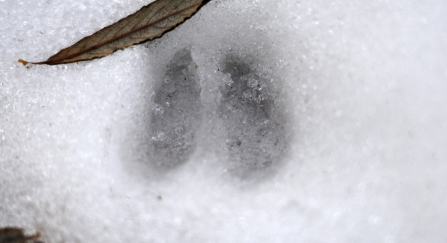
Deer tracks by Amy Lewis
On cold, frosty days head out early and see if you can spot animal prints on the ground. Which birds and animals have been roaming around?
Many of our mammals, such as badgers and stoats, are secretive and hard to spot. Cold, snowy or muddy ground is a good place to look for signs that they’ve been active while we’ve been sleeping.
This handy guide will help you identify whose footprints you’ve spotted.
Sign up below to receive the latest news from BBOWT, tips about how you can help wildlife, plus information on how you can get involved.